After a not-very-long drive from the Romanian city of Timișoara, we have finally reached the small city of Vršac located in the Autonomous Province of Vojvodina, Serbia. This small city is not very far from the border with Romania making it easily accessible for travelers seeking a delightful cross-border experience.
Once we were in the city, we decided to visit the castle first. The only road that we found that leads up to the castle was located outside the city, as you drive towards Mesić. Right next to a larger vineyard, you will have to make a left turn when you will see a sign that points to Vršačko Brdo.
At the Vršac Castle
The Vršac Castle or the Vršac Tower is a magnificent architectural marvel that has captured the imagination of locals and visitors alike for generations. This historic tower, a testament to the rich history and cultural significance of the region, serves as a timeless reminder of the town’s past while also offering a breathtaking view of the surrounding landscape and over the city as well.
This tower, built in the 15th century, is not only a symbol of Vršac but also offers panoramic views of the surrounding landscape, including the vast vineyards that sprawl across the region. Climbing to the tower’s upper levels I’m sure that it rewards the visitors with breathtaking vistas of the surrounding landscape, including the rolling hills, vineyards, and the picturesque town itself. Unfortunately, when we were there, the castle was closed.
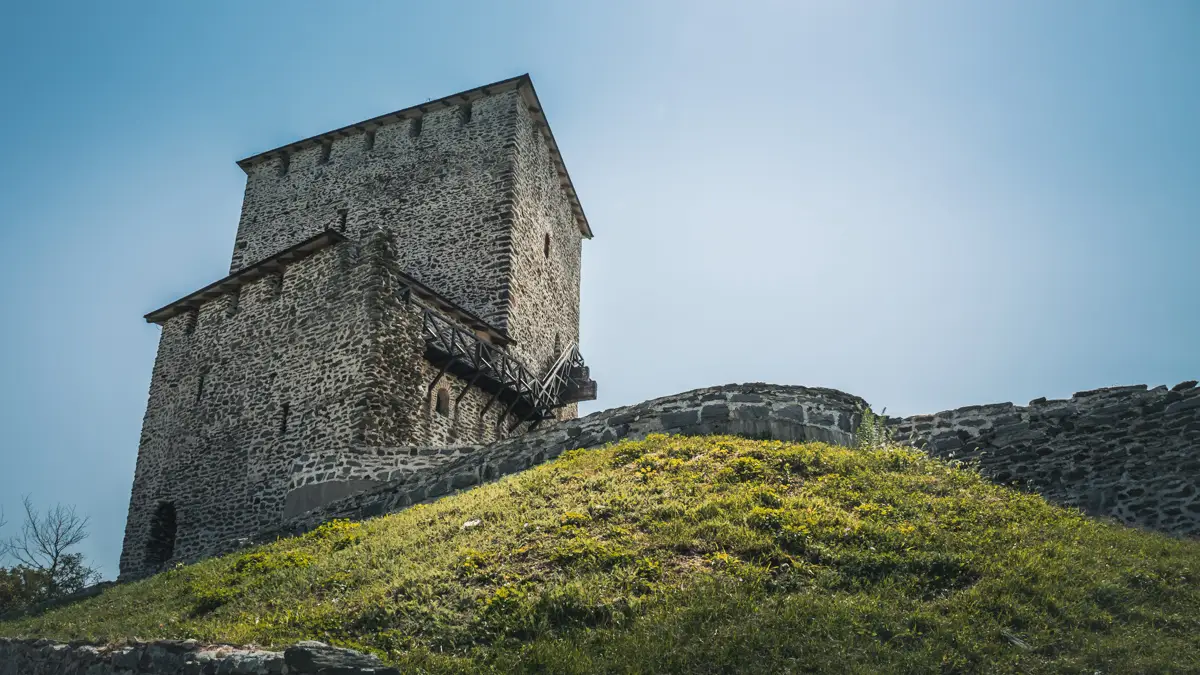
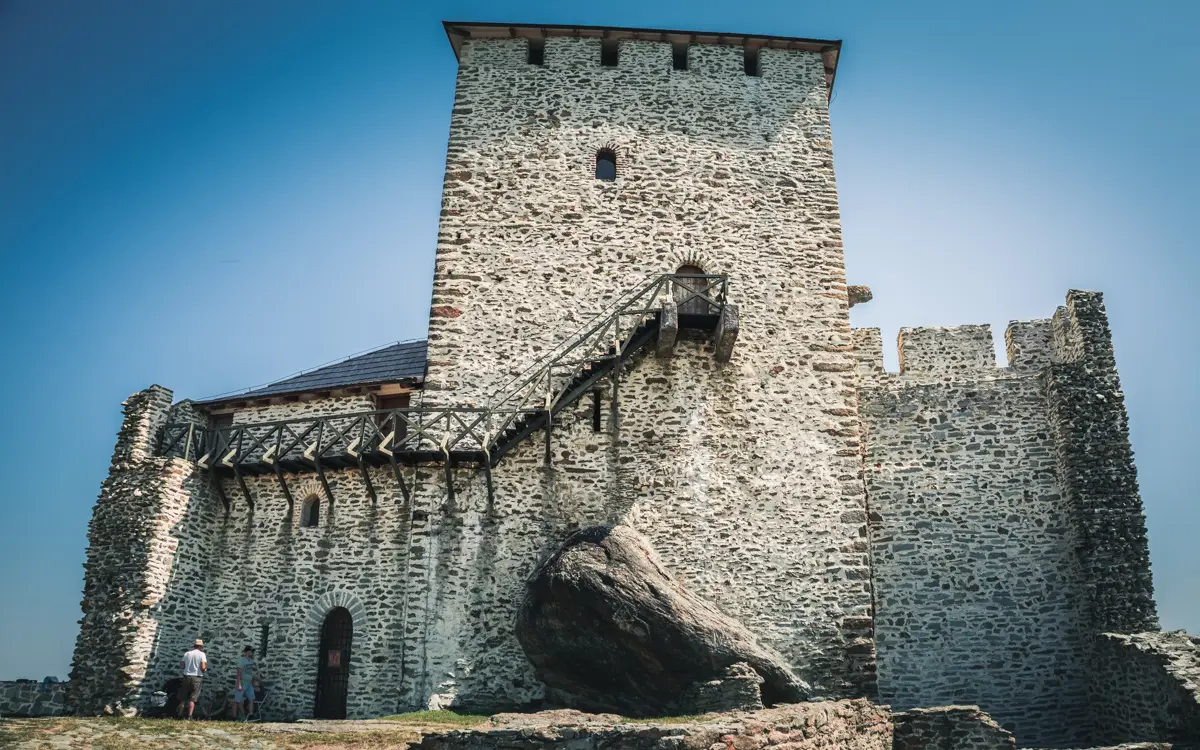
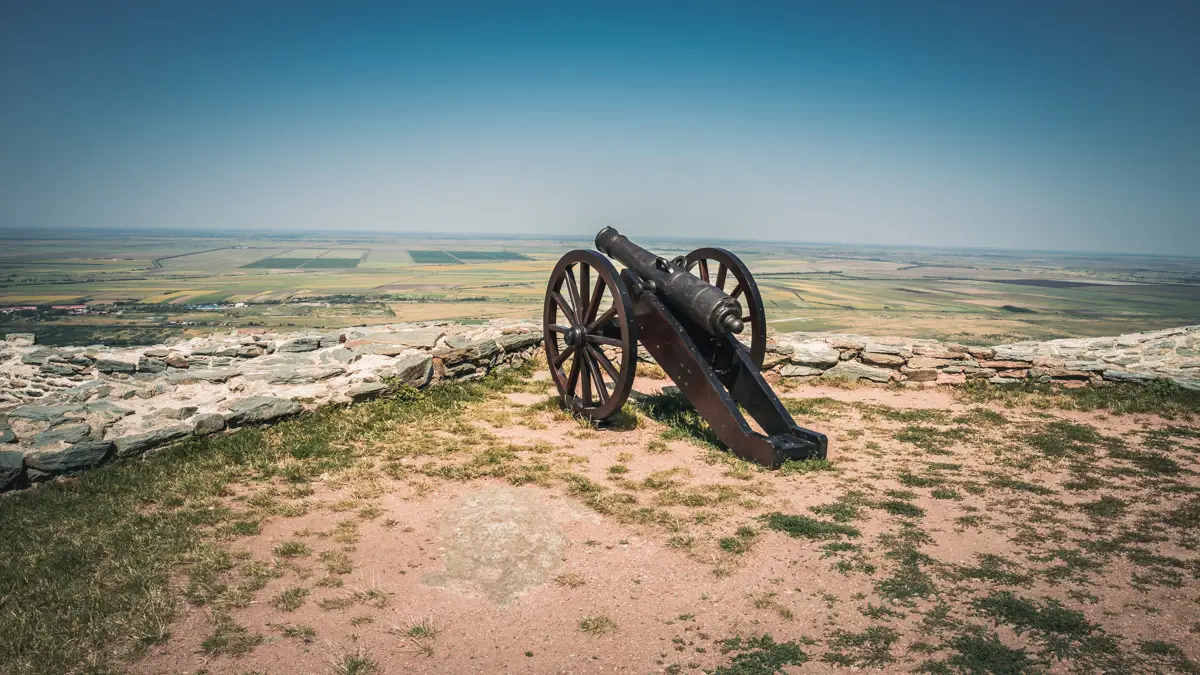
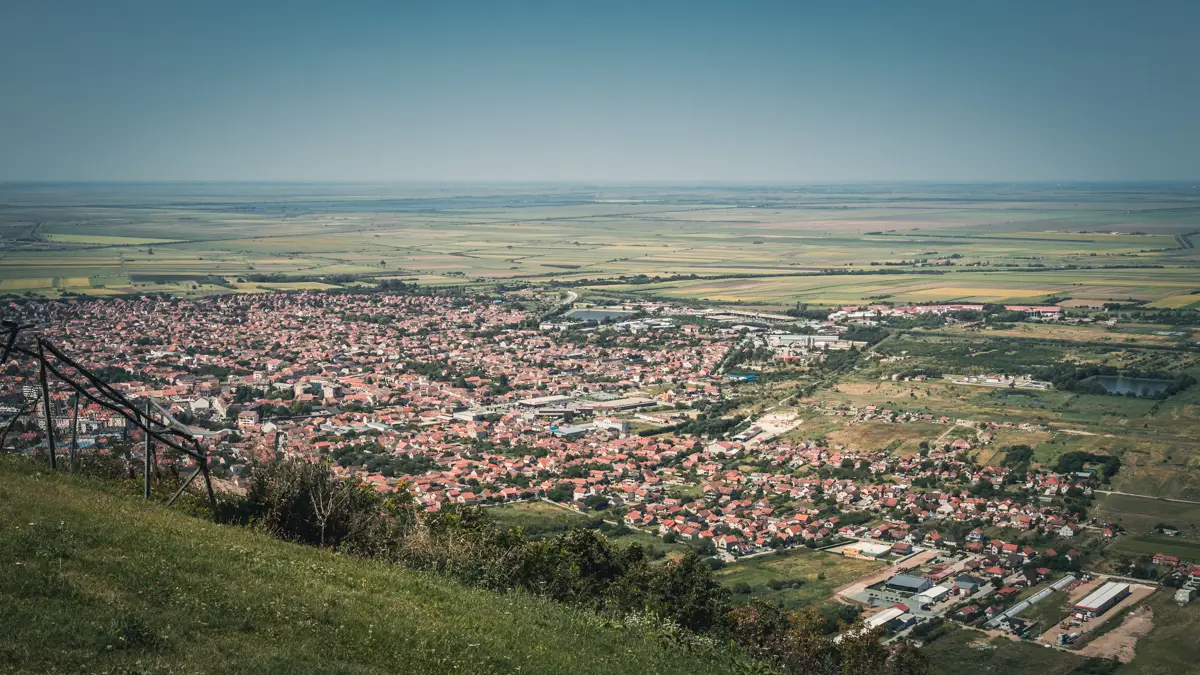
As you leave the city behind and drive towards the castle, you’ll venture into the countryside, you’ll be treated to rolling hills, fertile plains, and quaint villages that reflect the agrarian roots of the region. The road winds through vineyards and orchards, showcasing Serbia’s rich agricultural heritage. Behind the church from the image below is the road which leads up to he castle.
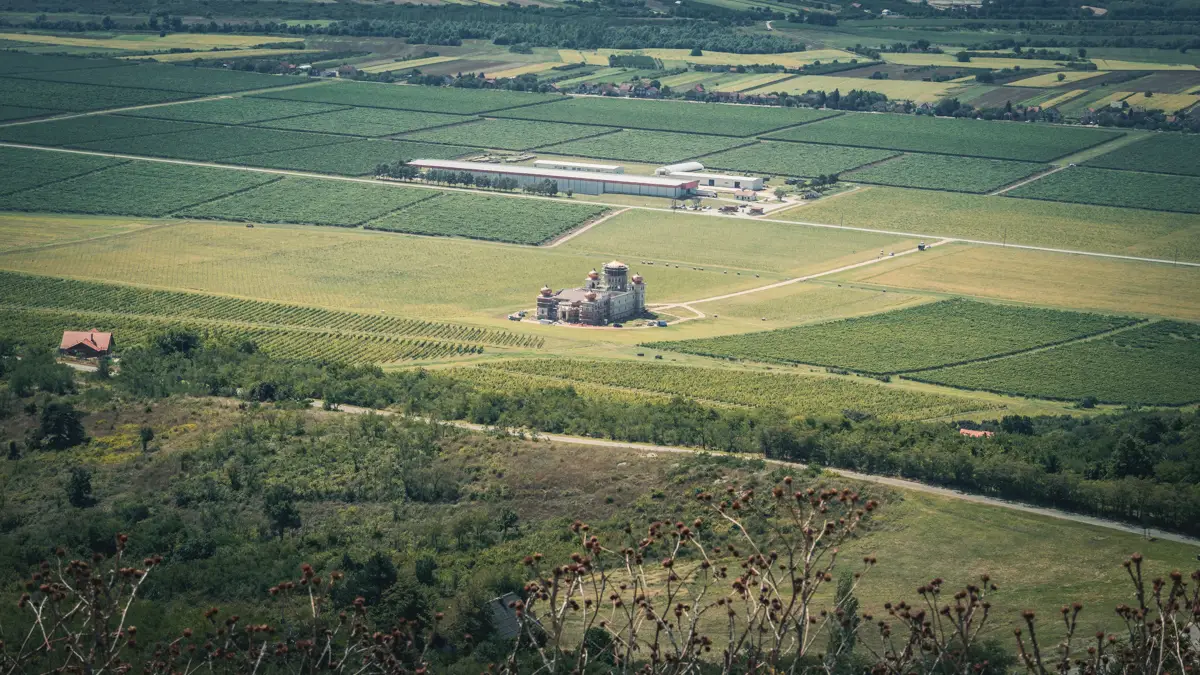
Chapel of the Holy Cross
After exploring the small castle located on top of a hill next to the city, we decided to make a short stop on our way to the city at Капела Светог Крста or Chapel of the Holy Cross. This is another place from where you will have the chance to admire the entire city of Vršac. From there, you can spot between the trees which surround the chapel the impressive Roman Catholic Cathedral of Saint Gerhard and right next to it, you can spot the Hotel Srbija.
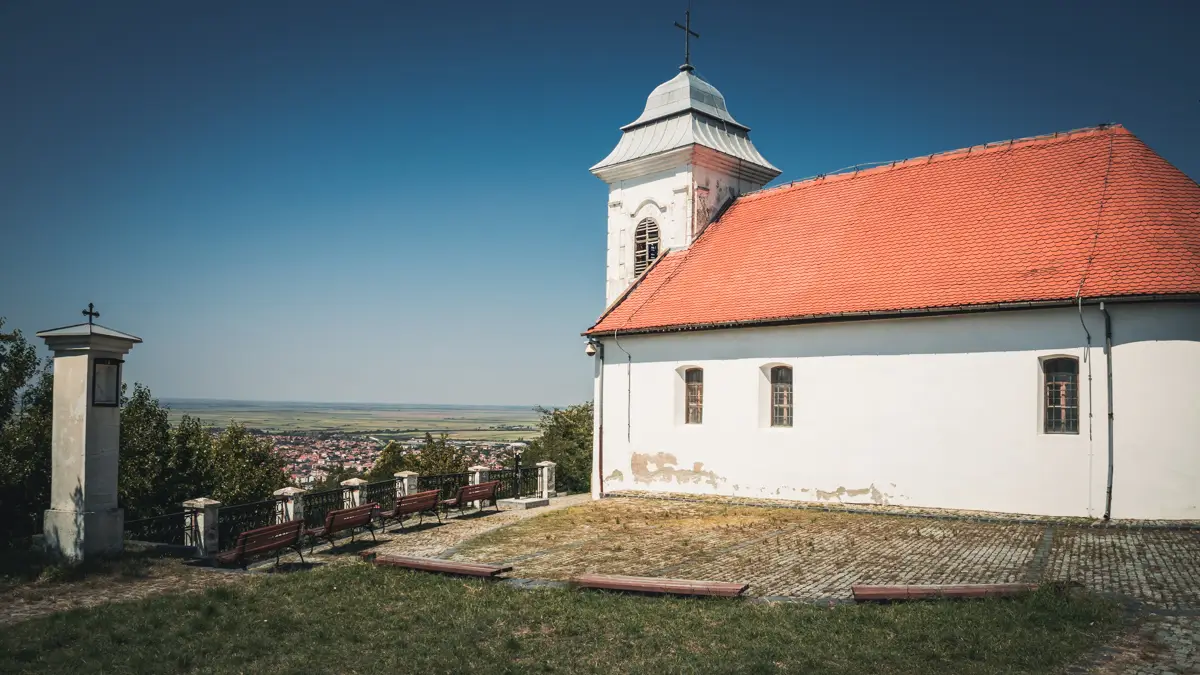
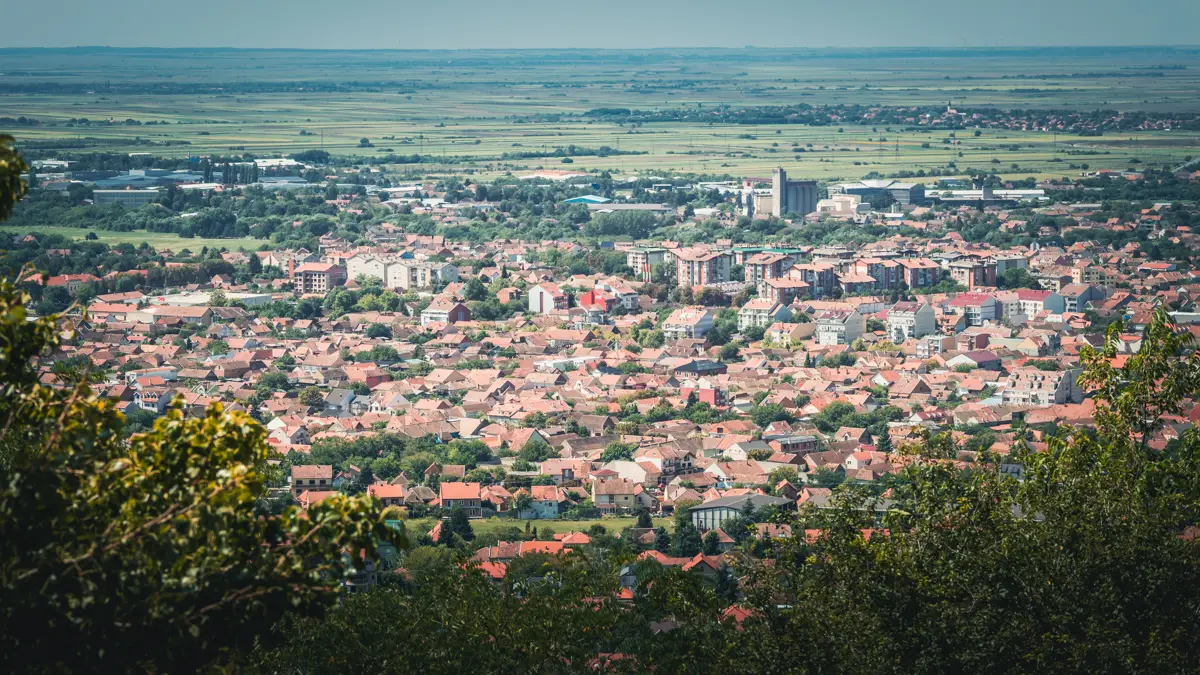
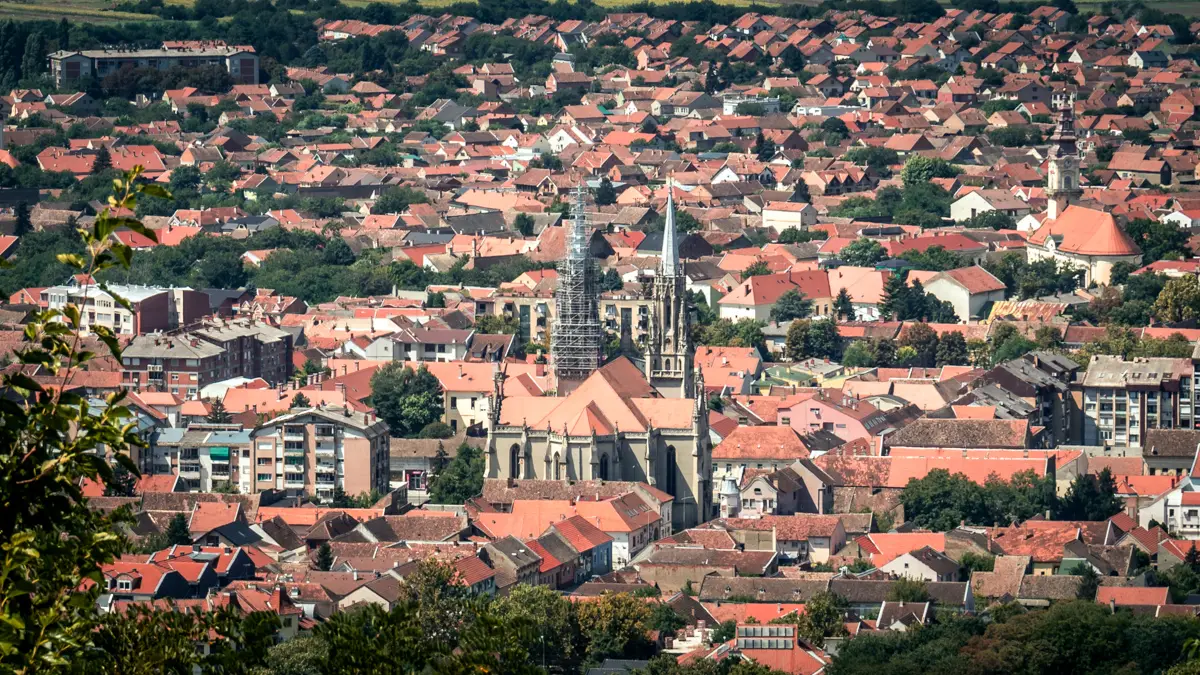
Back in the city
After exploring a part of the “upper part” of Vršac it was time to drive back to the city and visit it. We left our car near the city center and started to explore the area on foot.
Roman Catholic Cathedral of St. Gerhard
The Roman Catholic Cathedral of St. Gerhard was built between 1860 – 1863. This is one of the tallest buildings in the city. Also, it’s important to mention that it was built in the Neo-Gothic Style.
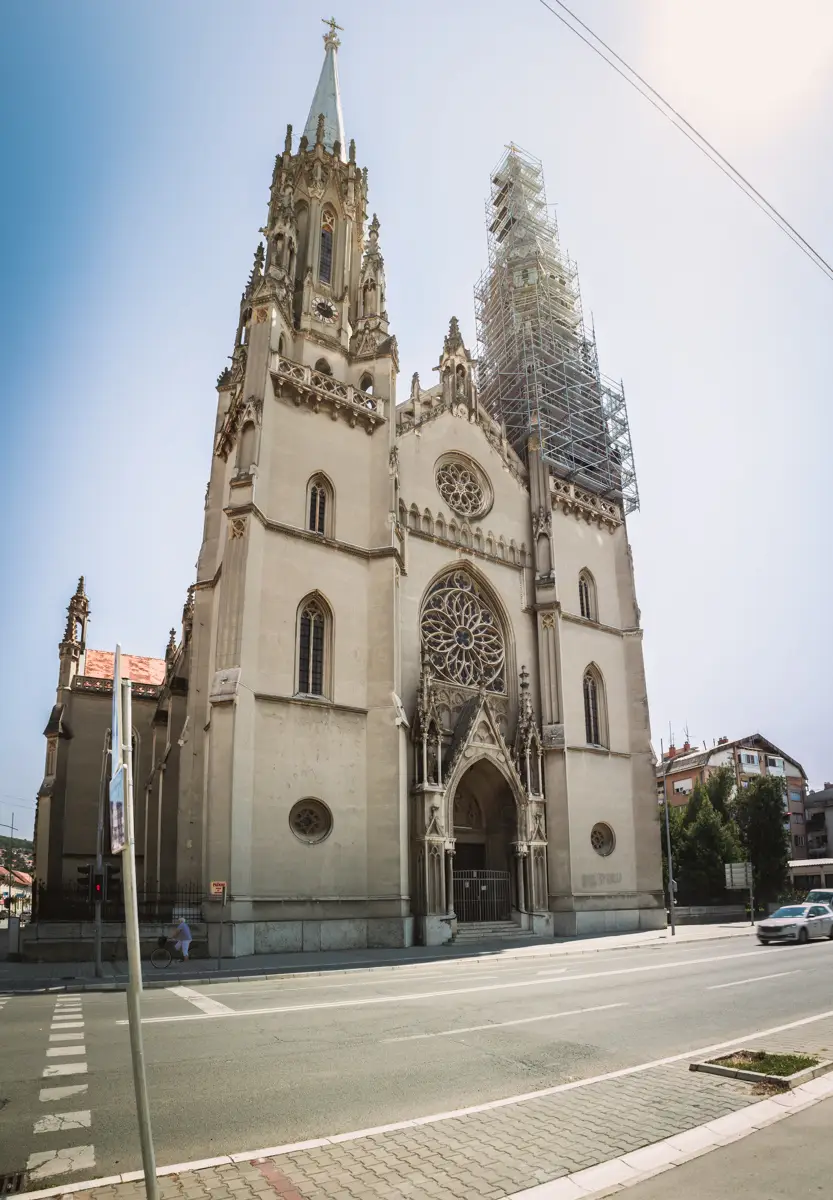
Hotel Srbija and the city center
As you will walk towards the city center from the Roman Catholic Cathedral, you will come across the Hotel Srbija.
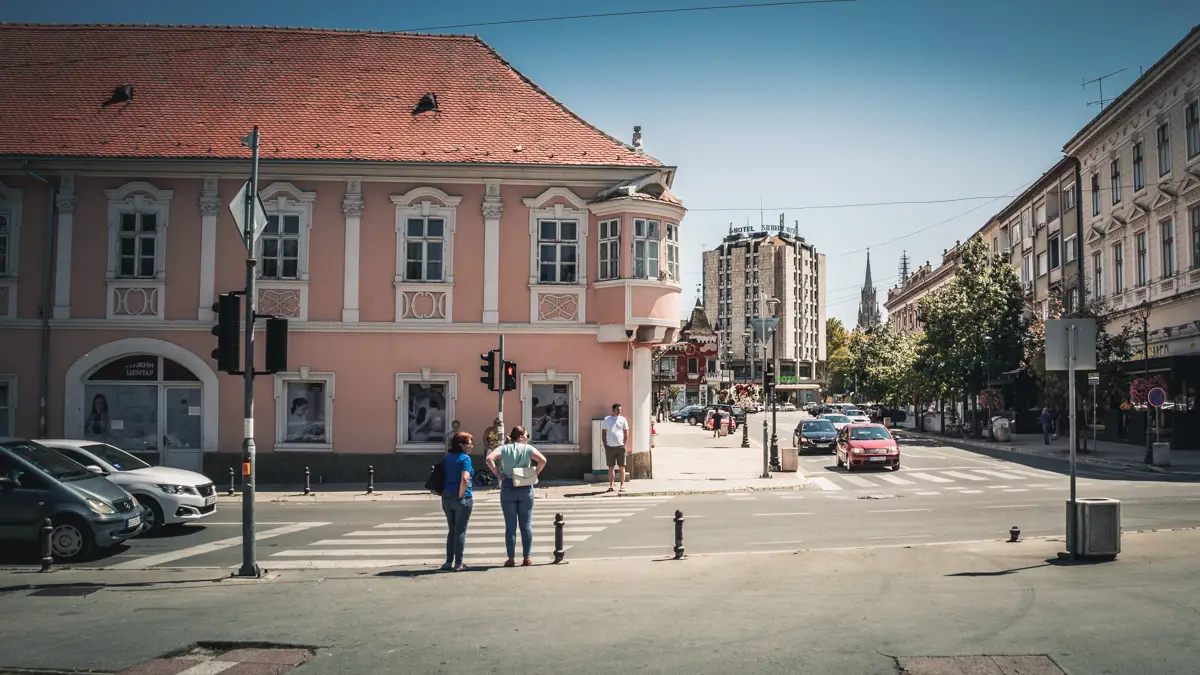
The Town Hall
Vršac obtained its Town Hall in 1795 when the two separate municipalities, Serbian Vršac and German Vršac, merged into a single town. This marked the culmination of their administrative union, which had been in effect since 1717.
In 1859, the construction of a new Vršac Town Hall commenced, following a proposal by Mayor Aleksandar Stojakovic. This new edifice was constructed in the Neo-Gothic style. A commemorative tablet, inscribed in both Serbian and Latin, bearing the signatures of Vršac’s most distinguished citizens, was embedded in its foundations. During this period, Andrija Vasic authored the first History of Vršac. In the 1860s, an extension was added to the building on its northern side.
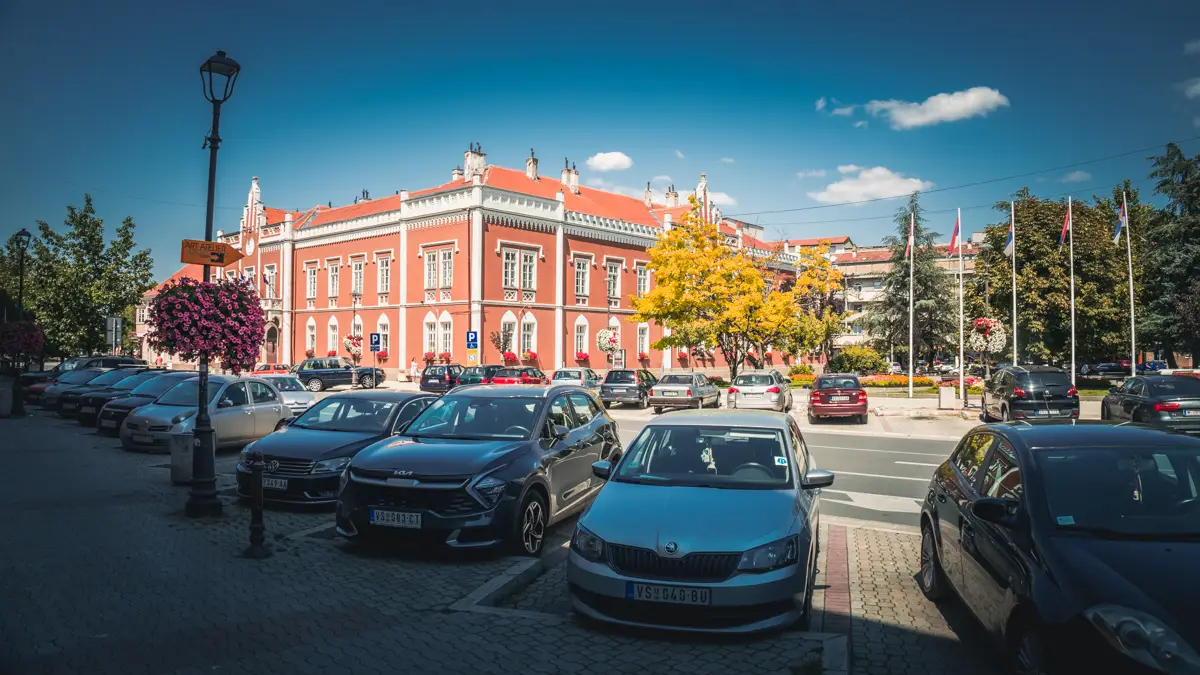
Svetog Teodora Vršačkog Park
This beautiful park is located in the city center. From here, between the trees and the houses, you can even spot the small castle as well. Residents of Vršac often meet in the park to catch up with friends, host birthday parties, or simply engage in conversations under the shade of the trees.
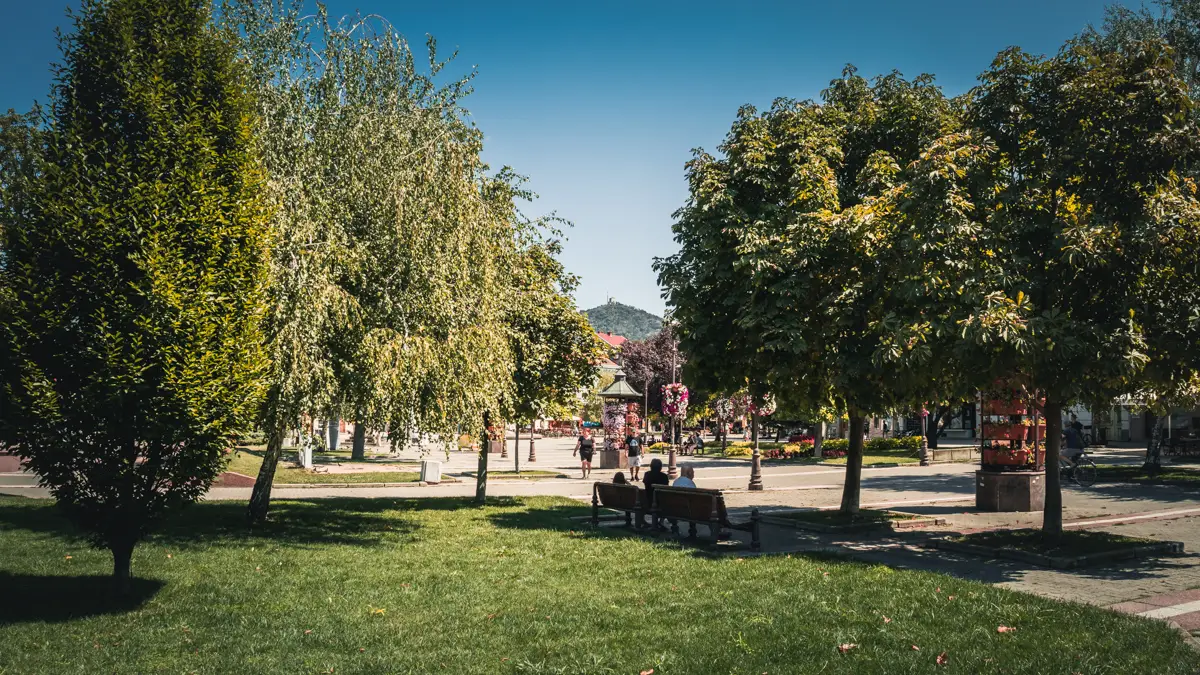
Pharmacy on the Stairs
This edifice is commonly referred to as the “Pharmacy on the Stairs.” It has its origins in the latter half of the 18th century, and in 1784, it became home to Vršac’s inaugural pharmacy, known as “Kod spasitelja.” If you plan to visit this place then you should know that it’s very close to the city center. It’s at the intersection between Kumanovska Street and Miloša Obilića Boulevard.
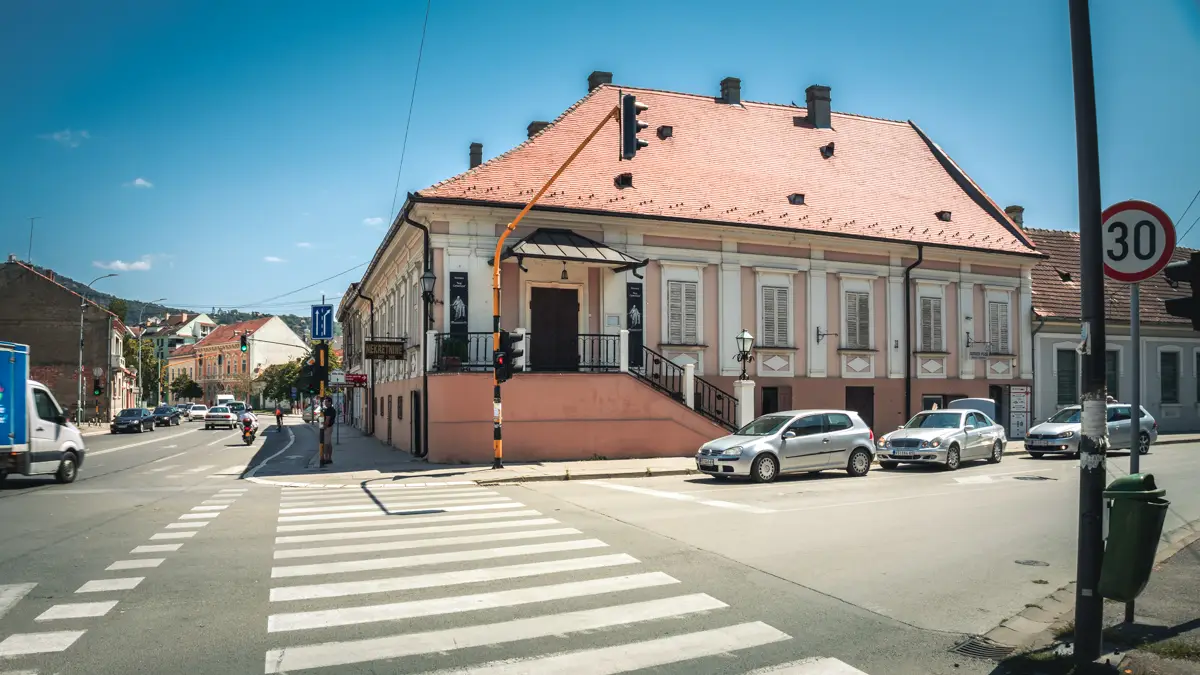
Romanian Orthodox Church in Vršac
The Romanian Orthodox Church in Vršac is a significant religious and cultural institution in the town of Vršac, Serbia. As the name suggests, it is part of the Romanian Orthodox Church, which has a notable presence in the region due to the historical connections between the Romanian and Serbian Orthodox Churches. From the Pharmacy on Stairs if you walk approximately 50 meters on Miloša Obilića Boulevard you will find the Orthodox church.
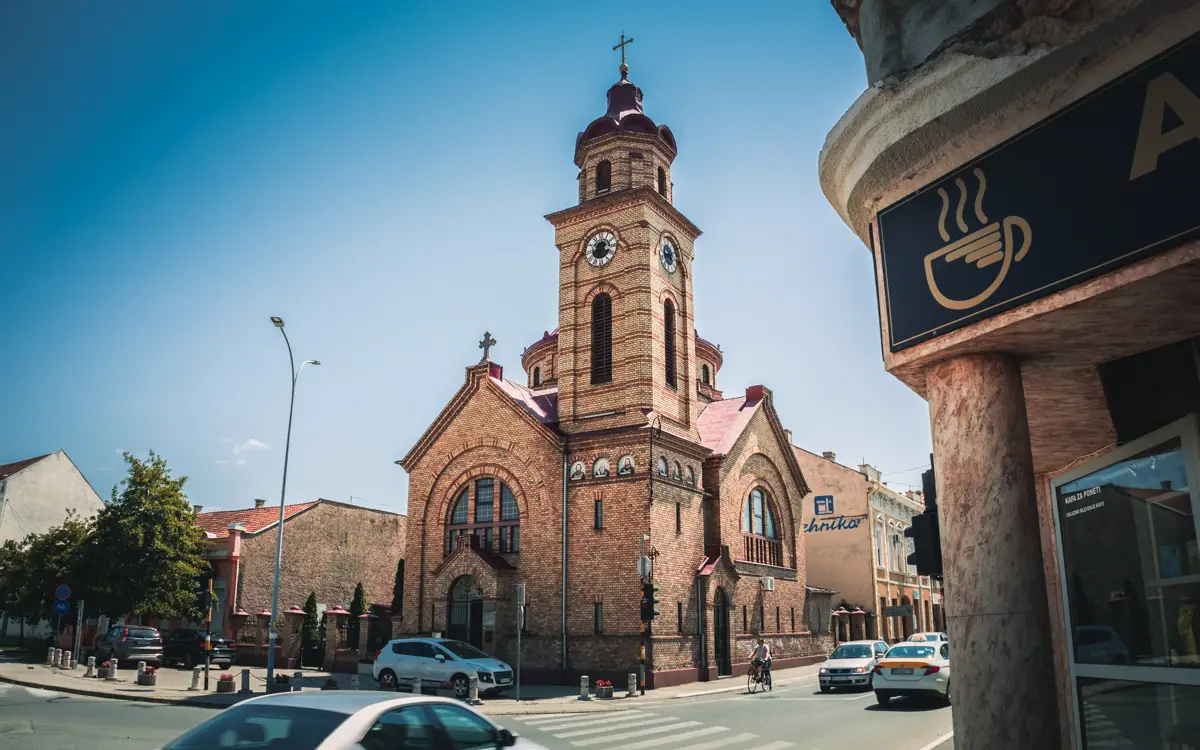
The Bishop’s Palace
The last objective that I wanted to visit was the Bishop’s Palace, which serves as the residence of the Serbian Orthodox Bishop in Vršac. I liked that shinny green roof of the building, it really stands out.
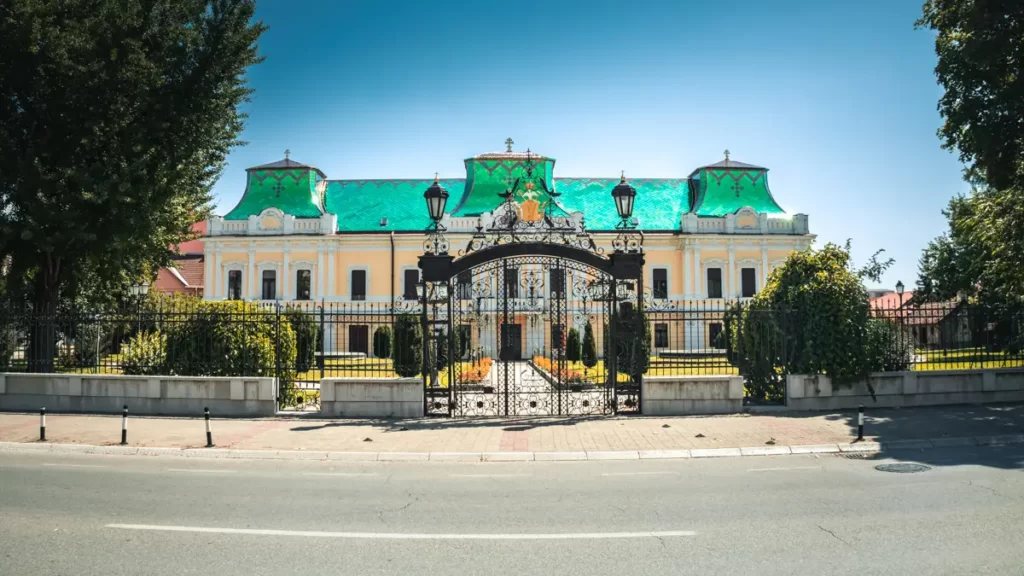
The Yugo
Walking around the city center, I came across a car that was made in the former Yugoslavia by automaker Zastava located in Kragujevac, hence the name Yugo. The Koral 45 model was fitted with a 45 hp engine and it was a very popular car, especially in the former Yugoslavia. Even today you will see them across Serbia.
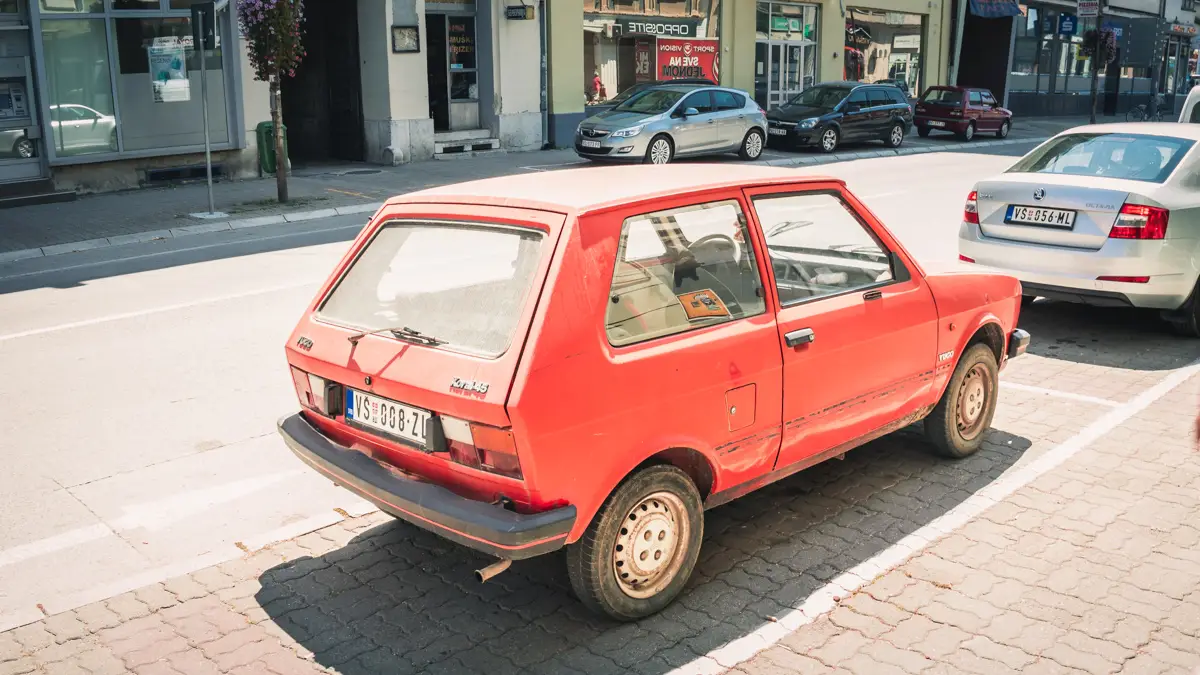
Some thoughts about this trip
One of the most significant advantages of visiting Vršac is its small size, which allows you to explore the major attractions on foot, making it a pedestrian-friendly destination. Additionally, for those who enjoy hiking, there’s a dedicated path leading to the Vršac Castle, offering a rewarding and scenic hike to this historic landmark. Whether you’re a history enthusiast or a traveler looking for an escape, Vršac has something to offer for everyone who visits it.
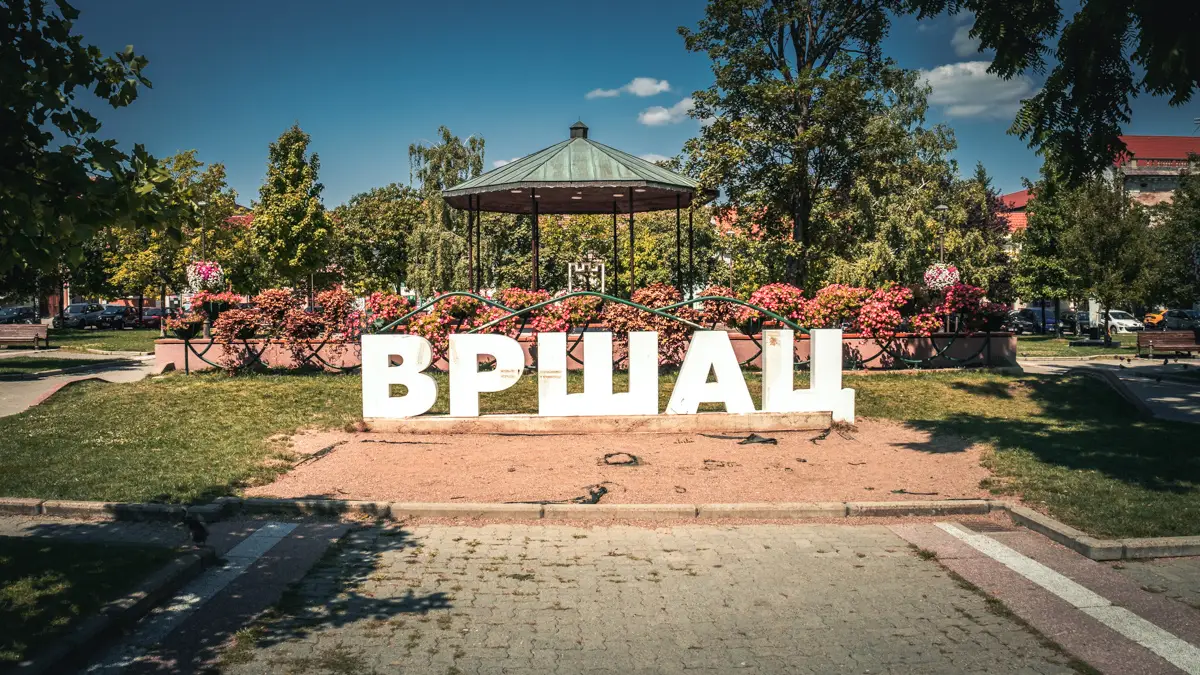
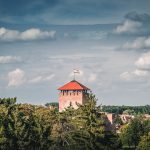
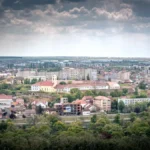
Leave a Reply